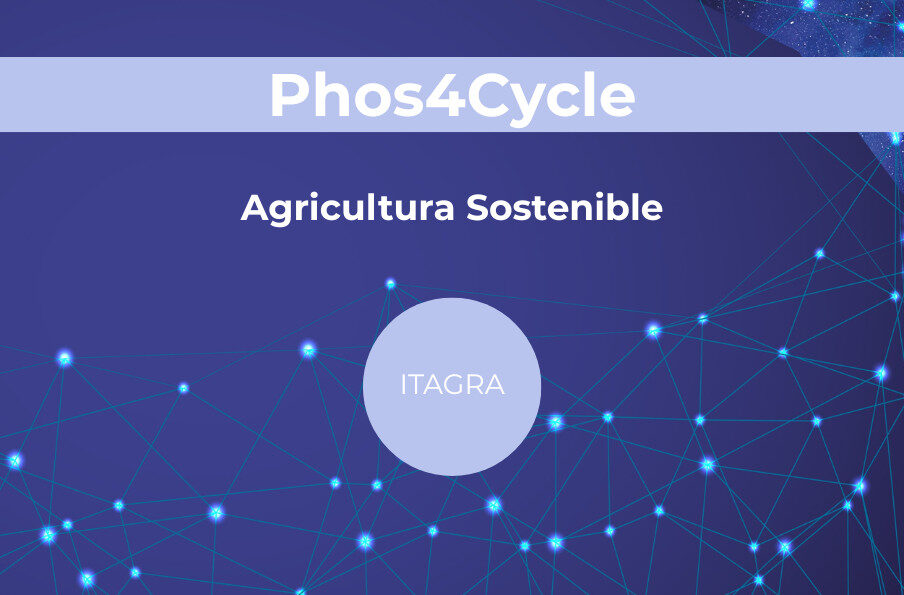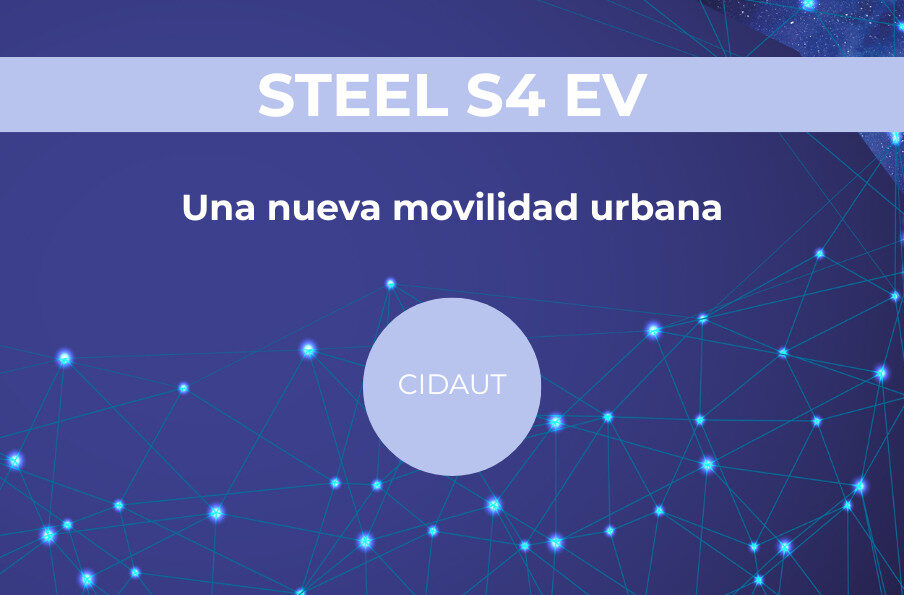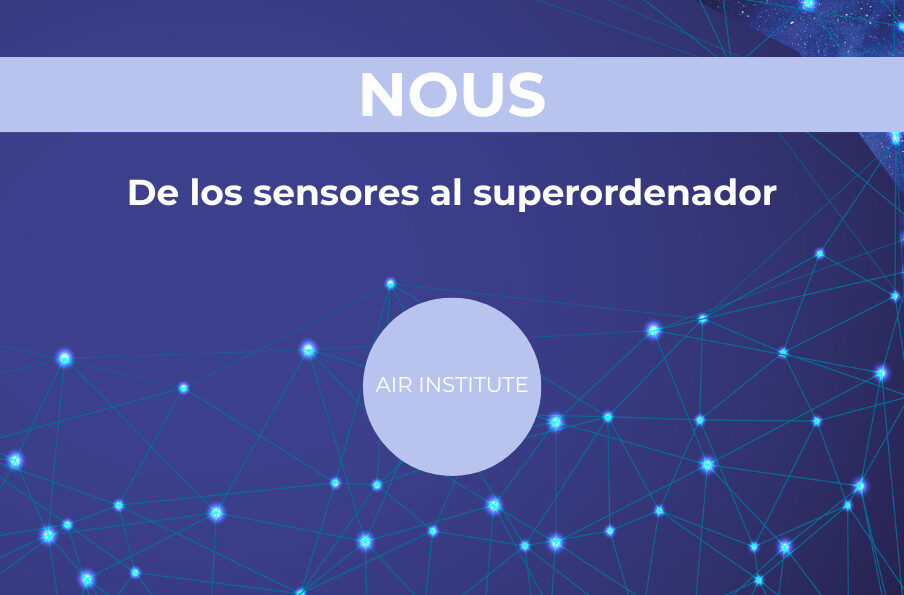Through the skills of the Technological Centers of Castilla y León, we promote new technologies for a sustainable conservation of natural and cultural heritage, preserving the legacy for current and future generations.
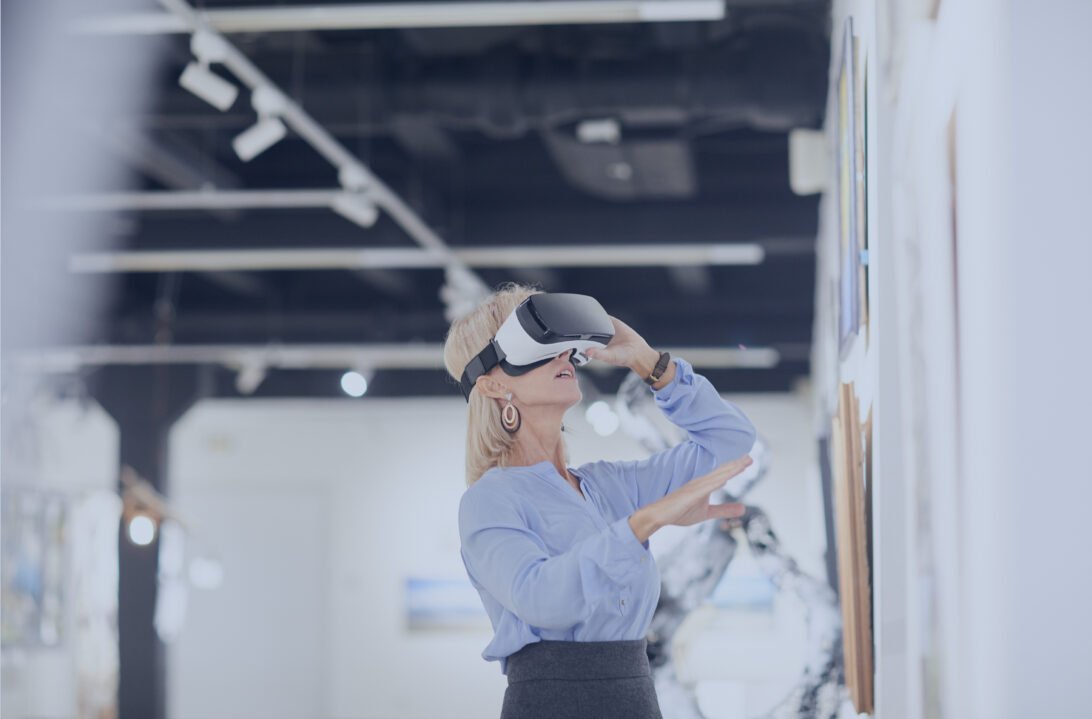
The natural and cultural heritage is a treasure we possess as a society. From our towering mountains to the ancient ruins of past civilizations, our heritage is a reflection of our history, culture and natural environment.
This discipline, as well as its influence on technology and sustainability, plays an essential role in solving technical problems and promoting innovation and digitalization in companies.
Natural heritage includes protected natural areas, such as national parks and reserves, while cultural heritage encompasses historical monuments, archaeological sites and cultural manifestations. Together, they represent our shared heritage and must be preserved for future generations.
The use of technology in heritage conservation is a growing trend. From the digitization of historical documents to the use of drones for monitoring natural areas, technology plays a vital role in the preservation and restoration of our heritage.
Technology, heritage and sustainable growth
In an increasingly digital world, new technologies have become a key driver of economic growth and environmental and cultural sustainability. This technological advancement not only drives a competitive digital economy, but also generates jobs and opens up unprecedented opportunities.
At the intersection of technology and natural and cultural heritage, fertile ground for innovation and development emerges. The preservation and promotion of our historical and natural heritage are increasingly dependent on smart technological solutions. The digitization of ancient documents, the creation of 3D models of historic monuments and the application of artificial intelligence in artifact identification are just a few examples of how technology is transforming heritage management.
This advancement not only protects our heritage, but also contributes to economic growth. Companies that apply these technologies will find lucrative opportunities in the heritage preservation market. The creation of interactive applications that allow people to explore historic sites from their mobile devices or the implementation of environmental monitoring systems in protected natural areas are examples of how these technologies generate income and employment.
Technology can also play a key role in the sustainable management of our heritage and nature conservation. From monitoring air quality in heritage areas to creating energy efficient management systems at historic sites, technology enables the preservation of our heritage without compromising the environment.
New technologies not only promote economic growth and environmental and cultural sustainability, but, thanks to the technological innovation capabilities developed and implemented by the Technology Centers, they also drive innovation and digitalization of companies.
Technology Centers in the sustainability and preservation of natural and cultural heritage.
Sustainability and the preservation of natural and cultural heritage play an essential role in the sustainable development of society and business. The Technology Centers of Castilla y León play a crucial role in this equation by providing innovative solutions that allow companies to contribute to sustainability while preserving and valuing heritage.
Sustainability implies the responsible management of natural and cultural resources to ensure their availability for future generations. In this sense, Technology Centers can help companies to adopt sustainable practices through the implementation of efficient technologies in heritage management, such as renewable energy systems, modeling of historic buildings or species monitoring, among many others.
The preservation of natural and cultural heritage is essential to maintain our cultural identity and biodiversity. Technology Centers can contribute to the development of conservation and restoration tools, such as the digitization of historical documents, the monitoring of protected natural areas and the virtual restoration of monuments.
In addition, Technology Centers can collaborate in the creation of interactive experiences that foster appreciation of heritage and public awareness of its importance. These experiences not only enrich culture and education, but also generate greater social commitment to heritage protection.
Technology Centers play a vital role in helping companies contribute to sustainability to value and preserve heritage. This enables companies to fulfill their social and environmental responsibilities while enriching culture and promoting sustainability in society.
New Technologies and the Future of Heritage
The latest technologies, such as virtual (VR) and augmented reality (AR), along with artificial intelligence (AI) and big data, are leading a revolution in the way we interact with our natural and cultural heritage.
VR and AR immerse us in immersive and educational experiences. With VR, we can virtually walk through ancient cities, explore museums from home, and relive historical moments. AR, on the other hand, enriches our perception of the real world by overlaying digital information on monuments or artifacts when we look through our mobile devices.
These technologies not only make the experience more engaging, but also have a positive impact on conservation. By reducing the need for physical visits to sensitive sites, the risk of damage is minimized, while the creation of accurate digital copies contributes to the preservation of artifacts and monuments.
AI and big data are powerful tools in heritage management and conservation. AI can automatically identify elements in images, facilitating the detection of problems such as deterioration of historic structures. Big data analyzes patterns and trends to make informed decisions in heritage conservation and safety.
These technologies are transforming the way we appreciate and protect our cultural and natural heritage, and are developed by the Technology Centers of Castilla y León to ensure that our heritage is preserved and shared with future generations in an innovative and sustainable way.
Current challenges and future challenges
In the world of natural and cultural heritage, current challenges include effective technology integration, long-term preservation of digital data, universal accessibility and energy sustainability.
Looking to the future, artificial intelligence, virtual reality, management of large data sets and digital preservation are the key challenges to overcome. These challenges point the way to the preservation and appreciation of our cultural and natural legacy for generations to come.
NODDO, together with the talent of the Technological Centers of Castilla y León, promotes projects ranging from the conservation of the natural environment and biodiversity, to virtual interaction or the monitoring and conservation of heritage, where tourism plays an essential factor in our territory. The Network promotes new technologies for research such as multidimensional modeling or cognitive heritage.
From NODDO we understand that heritage is an asset of society that will be inherited by future generations, that the conservation of our heritage must be guaranteed and that, if well managed, it can be profitable and sustainable.
Innovative technological solutions for heritage conservation and promotion
NODDO and the Technology Centers of Castilla y León play a crucial role. Through their experience, research and development, they offer innovative technological solutions for the conservation and promotion of heritage.
It highlights its commitment to the preservation of digital data, the integration of advanced technology and the creation of immersive experiences. These efforts not only ensure the protection of our cultural and natural heritage, but also foster the dissemination of knowledge and appreciation of our history and environment, providing a series of key benefits that contribute significantly to this task:
Research and technological development: they carry out advanced research in technology that can be directly applied to the field of Natural and Cultural Heritage. This includes the development of innovative tools and techniques for heritage preservation, restoration and management.
Digitization and documentation: essential for heritage conservation. Technology Centers can assist in the creation of 3D models, laser scanning and virtual reality techniques that allow heritage to be documented and preserved in an accurate and detailed manner.
Sensors and monitoring: Advances in sensor technology allow for constant, non-invasive monitoring of natural and cultural heritage sites. This helps detect changes in environmental conditions, risks of deterioration, and damage caused by time and human activity.
Big Data and advanced analytics: they can apply advanced data analytics to better understand heritage management and conservation. This includes the use of big data to assess trends and patterns affecting heritage and informed decision making.
Artificial Intelligence and machine learning: AI and machine learning can be used to develop pattern recognition systems that identify potential problems in heritage, such as the deterioration of structures or the detection of objects in archaeological excavations.
Education and outreach: Technology Centers also contribute to heritage education and outreach. This includes the development of educational applications, virtual tours and interactive platforms that allow people to explore and learn about heritage in innovative ways.
Energy sustainability: the implementation of sustainable technologies in heritage management and conservation is fundamental. Technology Centers research and develop sustainable energy solutions for heritage sites, such as efficient lighting and air conditioning systems.
Training and education: The Technology Centers offer training and education programs in heritage-related technologies, ensuring that the professionals involved are up to date with the latest tools and approaches.
Technology Centers provide innovation, knowledge and technological resources that are essential for the preservation and promotion of Natural and Cultural Heritage. Their ability to develop and apply advanced technologies contributes significantly to keeping cultural and natural heritage alive for current and future generations.
Below, we describe the key areas in which innovation and technology implemented by the Technology Centers of Castilla y León are shaping this sector:
Conservation of the natural environment and biodiversity
Environmental conservation is a global concern, and from here, this challenge is addressed using advanced technologies.
From monitoring protected natural areas to efficient resource management, they strive to protect and restore valuable ecosystems and the biological diversity they harbor.
Virtual interaction with the Heritage
Technology has transformed the way we interact with cultural and natural heritage. Captivating virtual experiences are created through virtual and augmented reality.
This allows people to explore historical monuments and natural sites from the comfort of their homes, enriching the understanding and appreciation of heritage.
Multidimensional Heritage Modeling
3D model creation and photogrammetry are essential tools in heritage documentation and preservation. It excels in capturing accurate details of historic structures, artifacts and natural settings. These multidimensional models are valuable resources for research and conservation.
Monitoring and conservation of cultural heritage
Advanced sensor technology and monitoring systems are fundamental to the preservation of cultural heritage. Much effort is being made to protect priceless monuments and artifacts.
Cultural heritage monitoring and conservation uses recording and analysis technologies to assess the conservation status and vulnerability of sites, and develops conservation plans and strategies to preserve and protect these sites for future generations. These include photogrammetry, laser scanning, remote sensing, remote sensing, and geographic information systems (GIS).
The intersection of technology and human cognition enables the development of educational applications and interactive experiences that enrich knowledge about heritage. A deeper understanding of cultural and natural heritage is essential for its preservation.
Together, these areas of knowledge represent the commitment of NODDO and the Technology Centers of Castilla y León to the preservation and promotion of natural and cultural heritage, and address a broad spectrum of knowledge areas with the aim of promoting and protecting our heritage. Thanks to the Centers, we adapt to the challenges of a more digital society and take advantage of new technological opportunities to ensure the protection of heritage and its dissemination.
From the Network of Technology Centers interdisciplinary work in an integrated manner, covering all technical disciplines. technical disciplines and finding innovative solutions in all parts of the processes.
If you want us to help you to empower your company and to find innovative technological solutions for your processes, do not hesitate to contact Noddo.
Follow us on LinkedIn y Twitter sign up for our Newsletter to stay up to date with what’s new on the Web.



